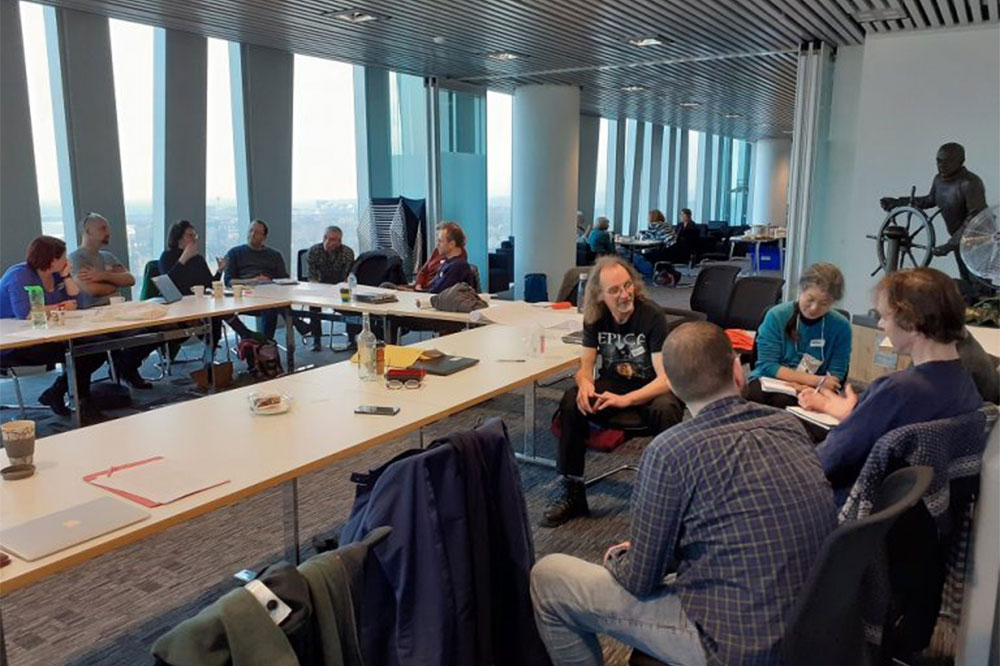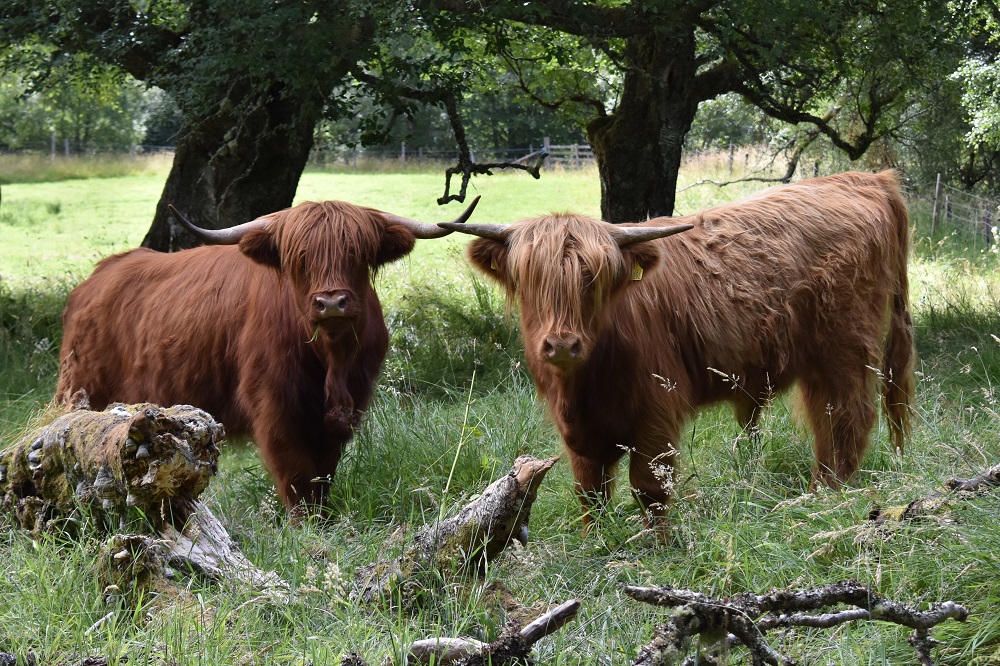Creative Landscape Futures
This research network brings together academics and a range of stakeholders to explore the ways that arts and humanities research can contribute to decision-making about landscapes.
Our focus is Scotland, which has its own legal setting and distinctive forms of land ownership – and distinctive landscapes – and we are also making connections with the rest of the UK and beyond. We are holding a series of seminars to share insights, with some hosted by our non-academic stakeholder participants, and carrying out further field visits to meet with stakeholders.
Principal Investigator Jo Vergunst introduces the project in this short video
Project Objectives Include:
Exploring the emergence of cultural values in relations with landscape through the various disciplinary perspectives in our network, and directly through field visits and stakeholder engagement. Notions of cultural value that are useful for landscape decision-making, and go beyond economic and environmental rationales (although without denying their significance), will be a key theme for impact.
Promoting models for wider participation and finding ways to involve stakeholders, communities and the public in landscape decision-making, drawn from socially-engaged art and community heritage amongst others.
Developing a broad notion of temporality – by which we mean an understanding of the qualities of time – to connect between past, present and future in landscape decision-making. Our archaeology and heritage participants will show the importance of smaller scale stories of places, as well as the ‘grand narratives’ of the Scottish landscape.
Investigating case studies in Scotland and comparisons to the UK and beyond. We will draw on our network participants’ research, but also interrogate and challenge each other to consider the significance of our work specifically for decision-making. To do this we will conduct field visits to meet stakeholders in a range of landscape settings.
Working together to synthesise the findings of the network for audiences including landowners and managers, policy-makers, communities and the wider public. As well as written outputs for academic and stakeholder audiences, we will host an exhibition with arts-led and other contributions from our network. A website will also document and archive our work.


